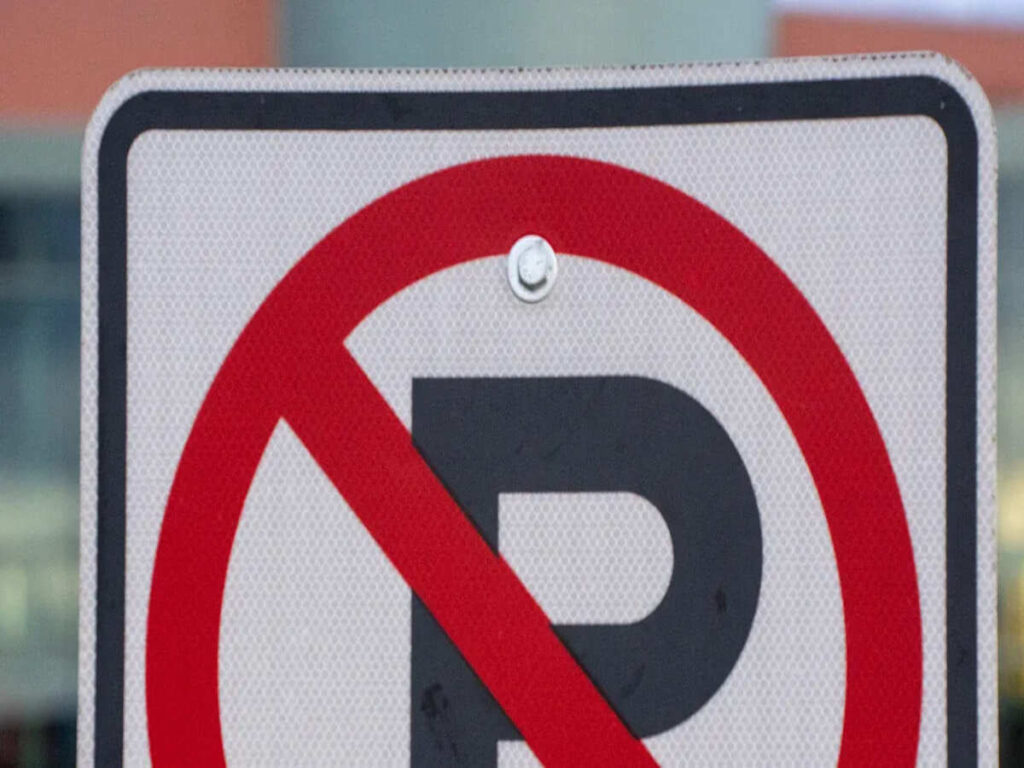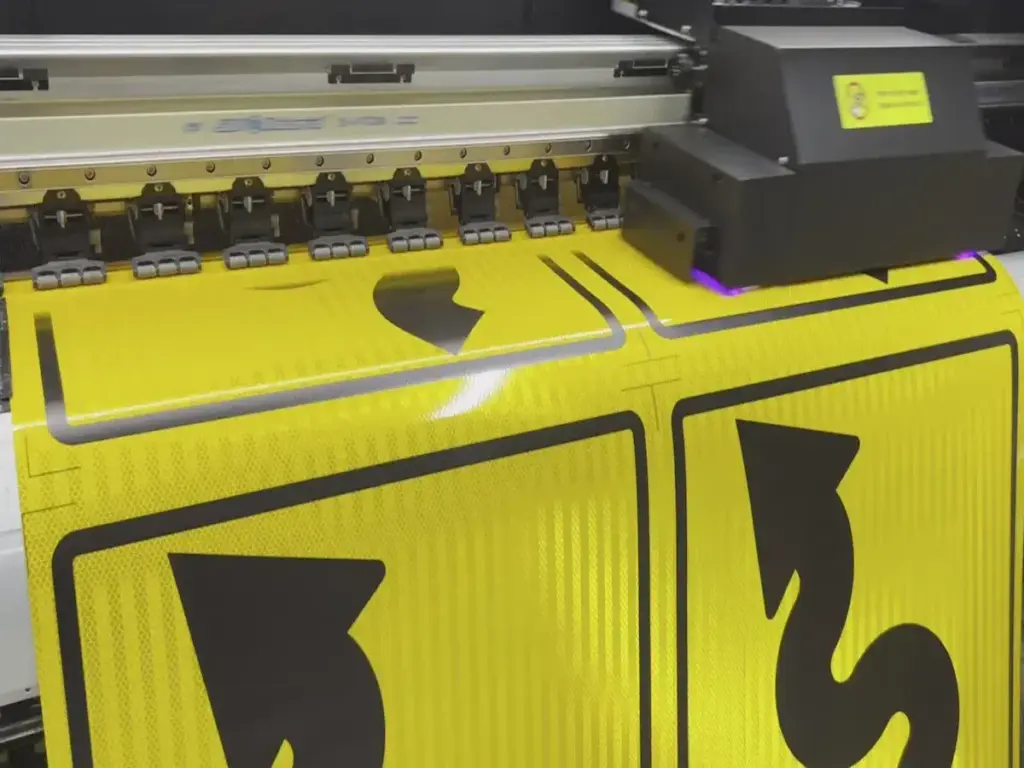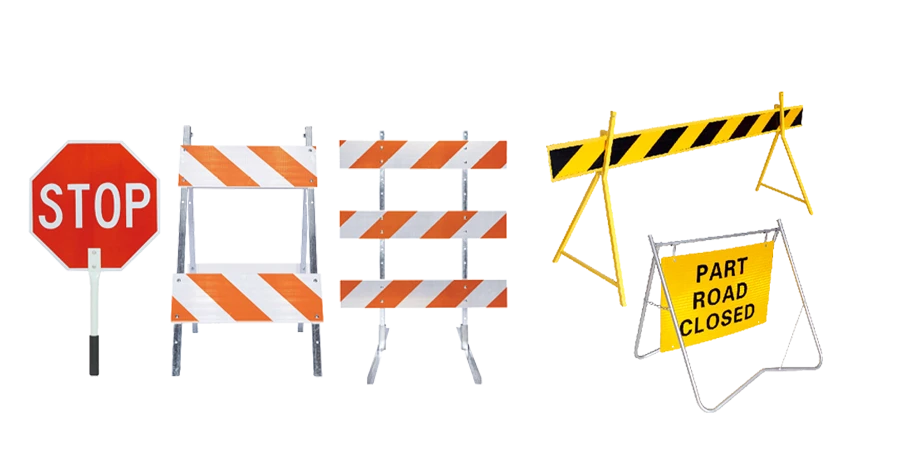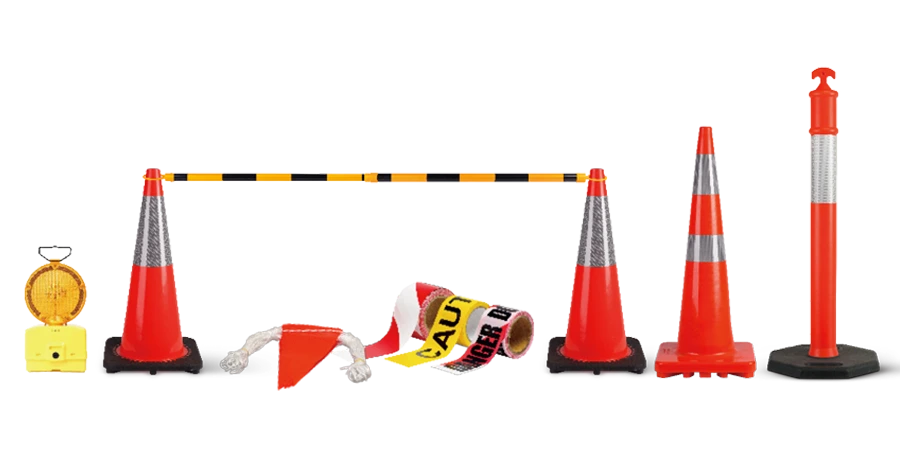
Sur 11 Avril 2025, a terrible accident occurred in Ocean Grove, Victoria. A 71-year-old driver lost control of her car and struck a 4-year-old child on the footpath, resulting in the child’s tragic death. This sad event highlights the urgent need to focus on pedestrian safety, particularly for children.
You can help prevent such accidents by supporting the installation of pedestrian safety signs. Signs such as “Children Crossing” et “Ralentir” alert drivers to potential dangers ahead. They serve to protect those who are most at risk. These pedestrian safety signs encourage drivers to exercise greater caution and contribute to creating safer environments for everyone.
À OPTRAFIC, we are committed to enhancing road safety for pedestrians, especially children. OPTRAFFIC’s range of de haute qualité, durable safety signs for sale is designed to improve awareness and reduce the risk of accidents. Whether you’re a council, entreprise, or individual, installing clear, visible signs can make a significant difference.
Principaux à retenir
- Push for more signs like ‘Children Crossing’ and ‘Slow Down’. These signs help protect kids and older people.
- Ask for slower speed limits in crowded places. Driving slower can prevent accidents and injuries.
- Work with local councils and neighbours. Ensemble, they can find risky areas and make them safer.
- Teach people about safety signs. These signs warn drivers to be careful and make roads safer.
- Look at other countries that did this well. Cities with better signs and slower speeds had fewer accidents.
The Current State of Pedestrian Safety in Australia
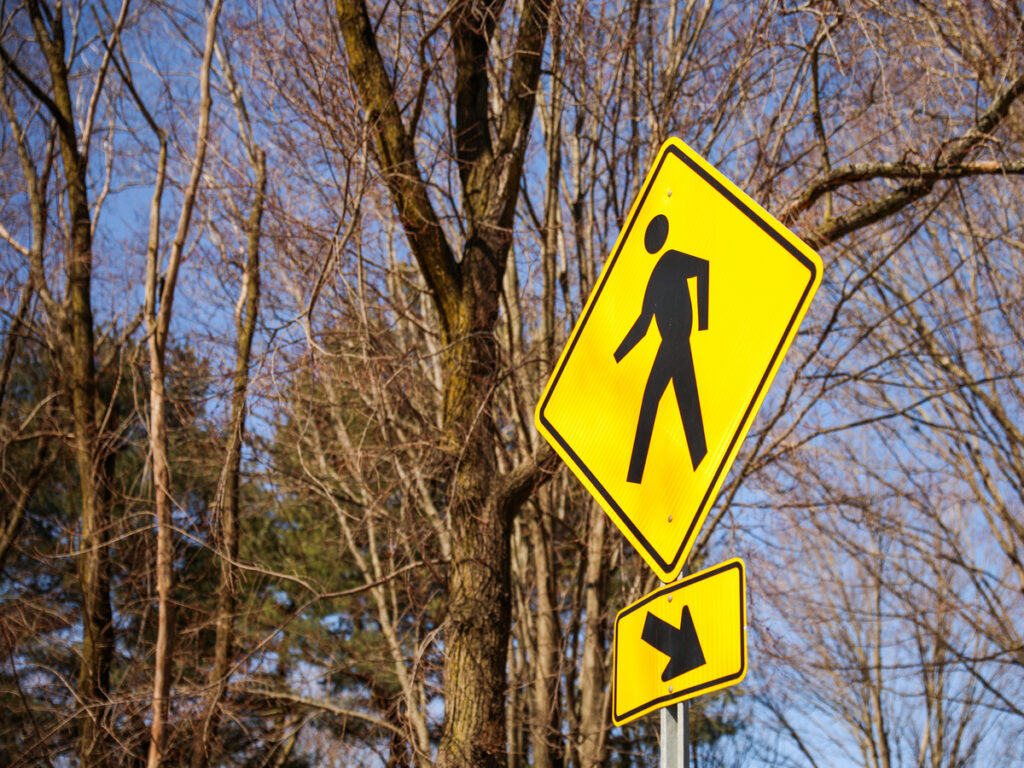
Pedestrian accident trends and statistics
Pedestrian safety is a big issue in Australia. Recent data shows many road deaths involve pedestrians. Most of these accidents happen in busy city areas. Roads with speed limits of 60 kph or less see 65% de ces morts. This shows the need for stricter speed rules and better safety steps.
À Melbourne, 70% of pedestrian deaths happen in the city. These numbers show how important it is to make cities safer for walkers. En résolvant ces problèmes, we can lower the risks pedestrians face every day.
Vulnerable groups at higher risk
Some groups are more at risk as pedestrians. Children and older people are especially in danger. Studies show certain road designs, like curved roads and big intersections, make accidents more likely for them. A lack of traffic signs in these places makes it worse.
Children often don’t know how to handle traffic safely. Older people may react slower to dangers. Better road planning can help protect these groups. By pushing for better signs and safer roads, you can help keep them safe.
High-risk zones in Australian cities
Some city areas in Australia are more dangerous for walkers. The table below shows key reasons for these risks:
| Facteur | Statistique |
|---|---|
| Limites de vitesse | 65% of deaths on roads with limits of 60 kph ou moins |
| Emplacement | 70% of deaths in Melbourne city areas |
| Age of victims | 36% of victims are over 70 years old |
| Genre | 67% of victims are men |
| Recommended speed limit | 30 kph in busy city areas |
These facts show why we need changes in risky areas. Lowering speed limits in crowded places can make walking safer. You can help by spreading the word and supporting safer road rules.
The Role of Pedestrian Safety Signs in Accident Prevention
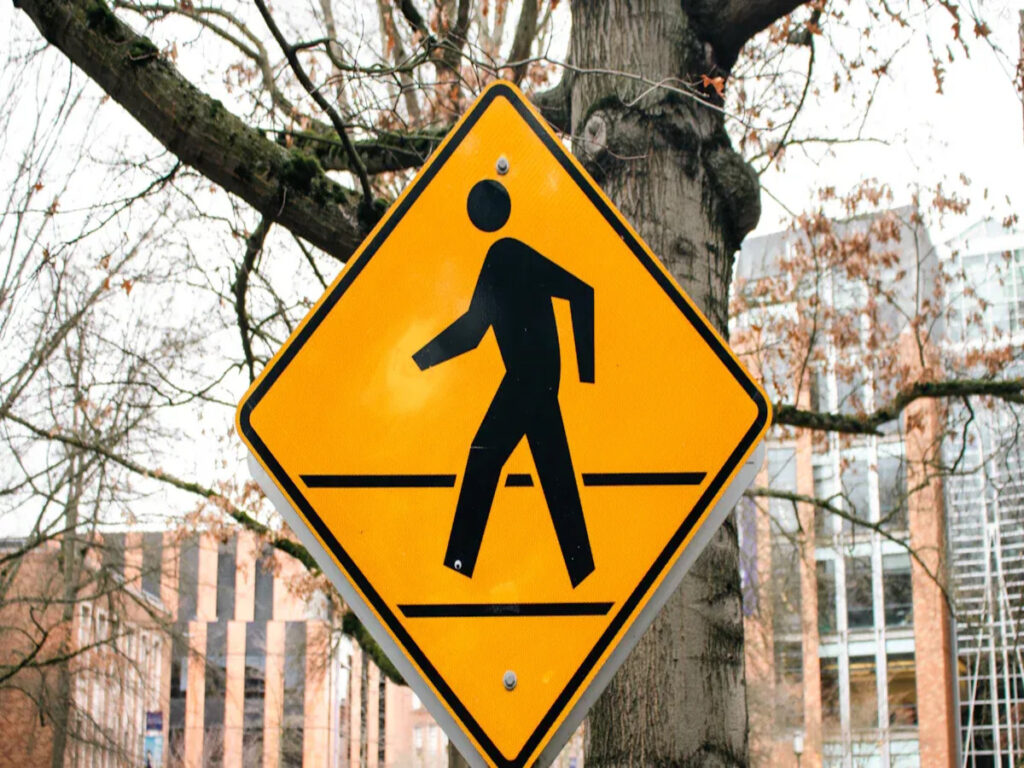
Comment “Children Crossing” signs improve safety in residential areas
“Children Crossing” signs help keep kids safe near roads. These signs warn drivers about children walking, playing, or crossing streets. Putting them near schools, parcs, and playgrounds makes areas safer. Drivers slow down and pay more attention when they see these signs. This reduces the chance of accidents happening.
Kids often struggle to judge how fast cars move. This makes them more likely to get hurt on roads. “Children Crossing” signs remind drivers to watch out and be ready to stop. Studies show these signs lower car speeds and accidents. By asking for more signs in your area, you can help protect children and make roads safer.
The impact of “Ralentir” signs in high-foot-traffic zones
“Ralentir” signs are important in places with lots of walkers. These include shopping areas, Crossins animés, and suburban streets. They tell drivers to drive slower, making it safer for pedestrians. Slower cars mean fewer accidents and less severe injuries.
Statistics show how helpful these signs are. In suburbs, they cut car speeds by 30%. Dans les zones scolaires, speeds drop by 17.5%. En moyenne, cars slow down by 3.21 mph, with some reducing speeds by up to 9 mph. This lowers pedestrian death risks by 22%. Aussi, 90% of drivers stay under 33 mph, et 80% of speeders slow down. The chart below shows these results:

Justificatif “Ralentir” signs helps make streets safer for everyone.
General pedestrian safety signs and their role in driver awareness
Signes comme “Passage pour piétons” et “Share the Road” make drivers more aware. These signs remind drivers to watch out for walkers in busy areas. When drivers notice pedestrians, they slow down or stop at crossings.
Studies show these traffic safety signs improve driving habits. Par exemple, “Share the Road” signs lower car speeds by 2.5 mph near cyclists. Other research shows these signs make roads safer in certain places. While some signs work better than others, they all encourage careful driving.
Putting safety signs in the right spots helps pedestrians and drivers share roads safely. This creates a safer and friendlier environment for everyone.
Challenges in Residential and Sidewalk Areas
Not Enough Signs and Their Effects
Not having enough pedestrian signs makes areas unsafe. Sans signes clair, drivers might not see people walking. This is especially dangerous in busy places. It leads to more accidents. Par exemple, crosswalks without signs often have more crashes.
Studies show that bright crosswalks with good signs keep people safer. They also reveal that Black and Hispanic pedestrians face higher risks of being hit by cars. The research links crosswalks without signs to more accidents.
Adding more signs can make roads safer for everyone.
Conducteurs’ Awareness and Behaviour Problems
Drivers often don’t change how they drive in neighbourhoods. Many speed or don’t stop for walkers. This puts pedestrians in danger. Signes comme “Ralentir” ou “Children Crossing” remind drivers to be careful. These signs help reduce accidents.
You can also support better driver training. Teaching drivers to respect walkers improves safety. When drivers learn to share the road, they drive more responsibly.
Problems for Pedestrians Finding Their Way
Bad traffic safety signs make it hard for people to find their way. You might feel lost in areas with unclear signs or tricky layouts. This happens a lot near old buildings or construction zones. The table below shows common problems pedestrians face:
| Problems for Walkers | Causes of Confusion |
|---|---|
| Poor signs | Complicated layouts |
| Old buildings | Ongoing construction |
| No good wayfinding tools | Accessibility not prioritised |
Better signs can make walking easier and safer. Clear signs help people avoid danger and find their way. Supporting these changes helps create safer places for everyone.
Benefits of Adding More Pedestrian Safety Signs
Better safety for walkers and drivers
Pedestrian signs help lower the number of accidents. Ils avertissent les conducteurs des dangers, making them slow down and stay alert. Par exemple, “Children Crossing” signs near schools or parks remind drivers to watch for kids who might run onto the road. This simple step can stop terrible accidents.
Quand les conducteurs voient des panneaux clairs, they change how they drive. Driving slower and paying attention means fewer crashes. In busy areas like shopping streets or neighbourhoods, these signs make roads safer for everyone. By cutting risks and improving movement, signs protect both walkers and drivers.
Safer and easier walking areas
Adding more pedestrian signs makes walking safer and more fun. Clear traffic control signs help people cross streets and find their way. This makes more people want to walk, which is good for everyone. Walking is the most common exercise in Australia, so it’s easy for most people to do.
Making walking areas better has big benefits. It helps people stay active and lowers the chance of getting sick. Safer streets also bring people together, building stronger communities. Cities with good walking designs often have cleaner air and better local businesses. Par exemple, places called Bicycle Friendly Communities have fewer bike accidents and safer roads for everyone. These examples show how better walking spaces can make cities healthier and happier.
Helping communities feel safer
Pedestrian signs make people feel safe and secure. Quand les rues sont en sécurité, more people walk, vélo, or spend time outside. This helps people feel closer to their community. In Puebla, Mexique, adding safety measures cut road crashes by 69%, making the area much safer. De la même manière, Fortaleza, Brésil, scie 35% fewer road deaths after improving walking spaces.
These changes also improve health. Walking often is good for your body and mind. Safer streets lower stress and make outdoor activities easier. In Ho Chi Minh City, Viêt Nam, safety improvements reduced deaths and injuries by 42%. These examples show how small changes, like adding signs, can make life better for everyone.
Strategies for Expanding Pedestrian Safety Signage in Australia
Government policies and funding initiatives
Government rules are key to keeping pedestrians safe. By giving money and starting safety plans, they can fix dangerous areas. Par exemple, aux États-Unis, groups like RIDOT et MassDOT have made roads safer. They added better signs, electronic devices, and longer crossing times. The table below shows some of their ideas:
| Agency | Initiative | Description |
|---|---|---|
| RIDOT | Better static signs | Improve old signs and add electronic devices in risky spots. |
| RIDOT | Longer crossing times | Give walkers more time to cross at busy intersections. |
| MassDOT | Traffic signal upgrades | Add countdown timers and safer signals at 150 local crossings. |
| ODOT | Crash Response Program | Study crashes quickly to plan better safety for walkers and cyclists. |
These plans show how good ideas and money can save lives. You can ask for similar changes in your area to make roads safer.
Collaboration with local councils and communities
Local councils and people are important for adding safety signs. Councils know their areas well, and locals can point out dangerous spots. En travaillant ensemble, they can decide where signs are needed most.
When people help with safety projects, they feel proud and involved. Écoles, boutiques, and neighbourhood groups can help pay for and put up signs. This teamwork not only makes roads safer but also brings people closer.
Learning from successful international examples
We can learn from cities that made walking safer with better signs. London cut serious crashes by 46% with new signs and lower speed limits. Toronto lowered injuries by 67% by slowing cars and adding school safety zones.
Pedestrian safety signs are important for preventing accidents and keeping communities safe. Ils sauvent des vies, help drivers stay alert, and make areas better for walking. It’s crucial to act now to reduce the dangers pedestrians face every day.
- Road accidents cost 2% à 7% of global GDP, totalling over $2 trillion yearly.
- Crashes cause deaths, serious injuries, and limit access to jobs, Soins de santé, et les écoles.
Working together with governments, conseils, and communities has shown great results. Confiance, travail d'équipe, and new ideas make safety projects successful. En unir, nous pouvons rendre les rues plus sûres pour tout le monde.
If you’re unsure about how to choose the right safety signs for your project, Visitez notre blog, Le guide complet des catégories et des normes des panneaux de sécurité de la circulation. It offers valuable insights and guidance to help you make informed decisions and ensure the best safety solutions for your needs.
FAQ
What are pedestrian safety signs, and why do we need them?
Pedestrian safety signs are signs placed near roads to warn drivers about people walking. They help drivers notice pedestrians and prevent accidents. These signs are very important in busy areas to keep everyone safe.
Where should “Children Crossing” signs go?
“Children Crossing” signs should be put near schools, parcs, et les maisons. These places often have kids playing or walking. The signs remind drivers to slow down and watch carefully.
How do “Ralentir” signs make roads safer?
“Ralentir” signs tell drivers to drive slower in busy areas. Driving slower gives drivers more time to stop and avoid accidents. These signs work well in neighbourhoods and crowded streets.
Who puts up pedestrian safety signs?
Local councils and governments are in charge of putting up these traffic safety signs. Communities can also work with them to find dangerous spots and ask for more signs.
Are safety signs enough to keep people safe?
Signs alone can’t stop all accidents. They work better with other things like good road designs, teaching drivers, and spreading safety tips. Ensemble, these actions make roads safer for everyone.


